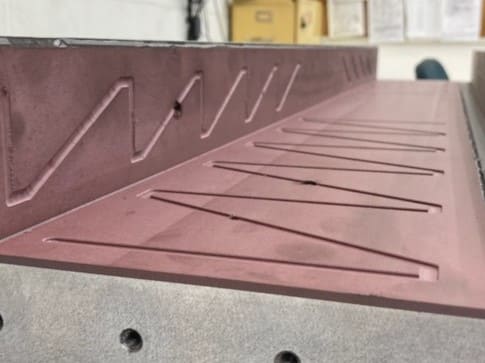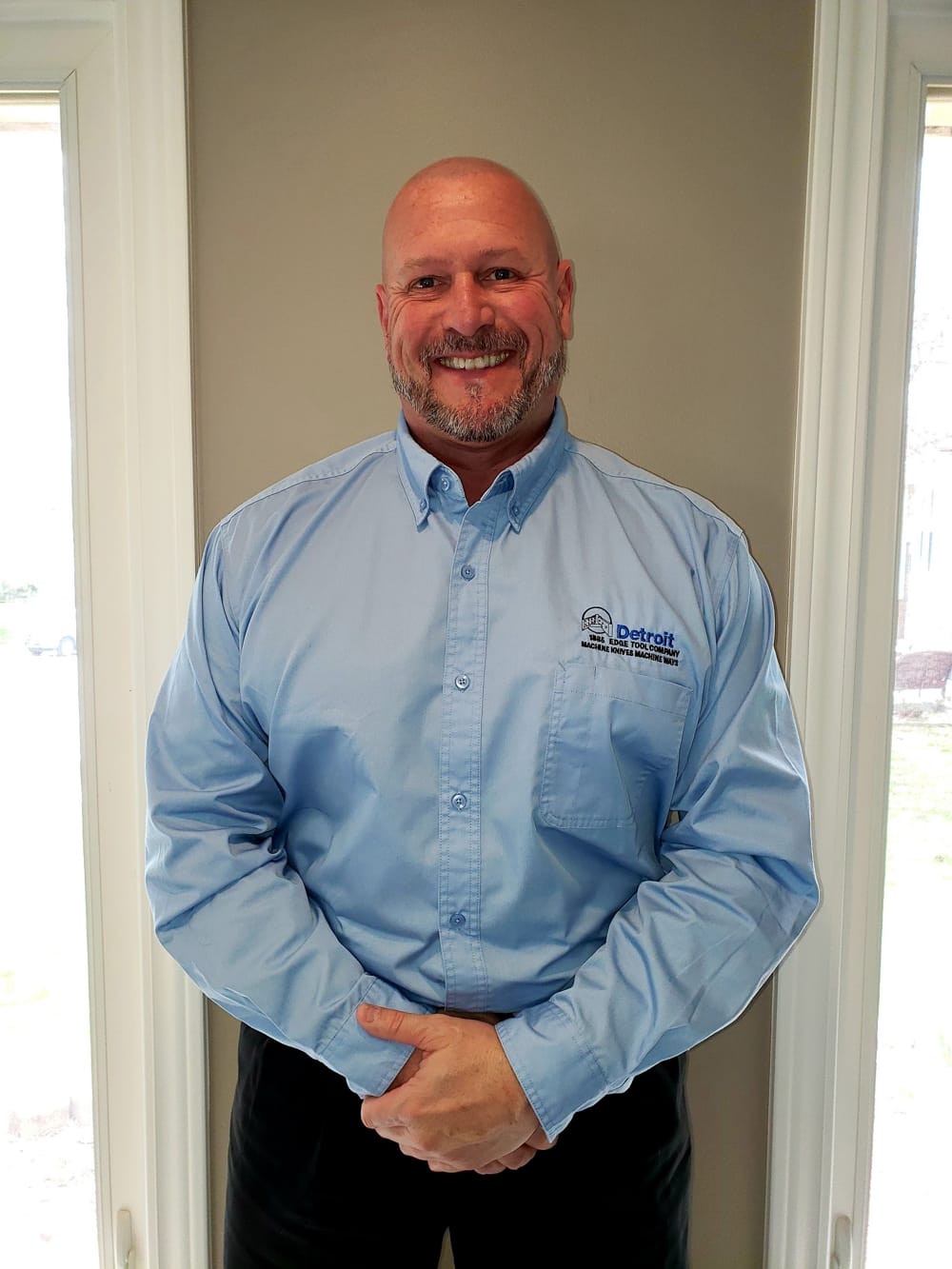Introduction
Gibs are wedge-shaped pieces of metal or wood used to fill gaps between parts and maintain alignment. They are commonly used in machinery and mechanical applications to adjust the position of components, reduce friction, and improve the accuracy and precision of moving parts. For example, in machining, gibs are often used with guide rails to keep machine components, such as the carriage or cross slide, properly aligned and moving smoothly. In general, gibs are a simple and effective solution for fine-tuning the fit and function of mechanical components.

Applications Using Gibs
Gibs are widely used in various applications in mechanical engineering and machining. Here are some common examples of where gibs are used:
- Machine Tools
- Machine tools, such as lathes, milling machines, and grinders, rely on precise movement of the cutting tool relative to the workpiece. Gibs are used in these applications to maintain the alignment of moving components, such as the carriage, cross slide, or spindle. This ensures the cutting tool moves smoothly and accurately, producing precise cuts and a high-quality finish.
- Presses
- Presses are used to stamp, punch, or bend metal components. The ram and die must be precisely aligned in these applications to ensure accurate and consistent performance. Gibs are used to maintain this alignment and prevent unwanted movement or vibration, resulting in high-quality parts with consistent dimensions.
- Gears
- Gears and gearboxes are used in many applications, from automotive transmissions to industrial machinery. Gibs are used in these applications to maintain proper alignment between the gears and prevent unwanted movement or vibration. This helps ensure smooth, efficient operation and extends the life of the gears.
- Bearings
- Bearings are used in many applications, from automotive engines to wind turbines. Gibs are used in these applications to adjust the clearance between the bearing and the shaft, ensuring proper fit and reducing friction. This helps extend the life of the bearing and improves the efficiency of the system.
- Valves
- Valves control the flow of fluids in many applications, from plumbing to industrial processes. Gibs may be used in these applications to maintain the alignment of the valve body and the internal components, ensuring proper sealing and operation. This helps prevent leaks and ensures consistent, reliable performance.
- Robotics
- Gibs are also used in robotics and automation applications, where precise positioning and movement of components are critical. They can help maintain the alignment of robotic arms, grippers, and other components, ensuring precise movement and accurate operation. This is essential for many manufacturing and assembly processes, as well as for research and development applications.
In summary, gibs are used in a wide range of applications where precise alignment and movement of components are critical. Gibs can help improve the accuracy, efficiency, and reliability of mechanical systems in many industries by providing a simple and effective means of adjusting the position of moving parts.
Advantages and Disadvantages of Gibs
Gibs are commonly used in various applications to fasten moving parts together and provide a secure and precise fit. While they offer many benefits, they also have some limitations when selecting a gib for a particular application. In this section, we will explore the advantages and disadvantages of gibs. Understanding these factors can help you decide when selecting a gib for your application.
Advantages
- Improved Precision
- Gibs provide a secure and precise fit between moving parts, reducing unwanted movement or play and improving precision and accuracy in machining or other applications.
- Reduced Wear
- Gibs provide a sacrificial surface between moving parts, reducing the wear on the more expensive and difficult-to-replace components.
- Adjustable Fit
- Many gibs are designed to be adjustable, allowing for fine-tuning of the fit between moving parts to ensure optimal performance.
- Cost-Effective
- Gibs are often more cost-effective than other bearing surfaces or sliding mechanisms, making them popular for many applications.
Disadvantages
- Increased Friction
- While gibs are designed to reduce wear between moving parts, they may also increase friction, leading to increased energy consumption, reduced efficiency, and increased heat generation.
- Limited Load Capacity
- Depending on the material and design of the gib, there may be limitations to the load capacity it can handle. Heavy loads or high-stress applications may require other bearing surfaces or sliding mechanisms.
- Maintenance
- Gibs require periodic maintenance to ensure that they remain in good condition and continue to perform as expected. This may include lubrication, adjustment, or replacement of worn or damaged components.
- Material Limitations
- The choice of material for a gib will depend on the specific application and operating conditions involved. While many materials are available for gib construction, some applications may require materials unsuitable for use in a gib.
The advantages and disadvantages of using a gib will depend on the application and the operating conditions. Factors to consider when selecting a gib include the the need for precision and adjustability, reduced wear and the solution’s cost-effectiveness.
How to Use Gibs to Fasten Parts Together
Gibs are a common fastener used to secure moving parts together and provide a precise fit. They are often used in machinery, presses, and other equipment to ensure accuracy and reduce wear. If you are working with equipment that requires a gib, it is important to understand how to install and adjust it for optimal performance properly. Below is a generic list of the steps taken to properly use gibs to fasten parts together.
- 1. Identify the gap between the parts that need to be filled. This gap should be small enough to be filled with a wedge-shaped gib.
- 2. Select a gib that is the appropriate size and material for the parts you are fastening together. Metal gibs are typically used in industrial applications, while wooden gibs may be used for lighter-duty work.
- 3. Insert the gib into the gap between the parts. The gib’s wider end should be facing the direction of the force you are applying.
- 4. Apply pressure to the parts to compress the gib and fill the gap. This may be done using a hammer or other tool.
- 5. Test the parts to ensure that they are securely fastened together. If the parts are still loose, you may need to adjust the size or position of the gib.
- 6. Once you are satisfied that the parts are securely fastened together, you can finish the installation or assembly process.
Conclusion
In conclusion, gibs are an important type of fastener used in various applications to provide a secure and precise fit between moving parts. Their simple yet effective design allows for improved precision, reduced wear, and adjustability, making them a popular choice in many industries. However, as with any type of fastener, it is important to consider the advantages and disadvantages of using a gib in a particular application, including its impact on friction, load capacity, maintenance requirements, and material limitations. By carefully selecting and properly installing a gib, you can ensure that your equipment operates smoothly and accurately, improving efficiency and productivity.





